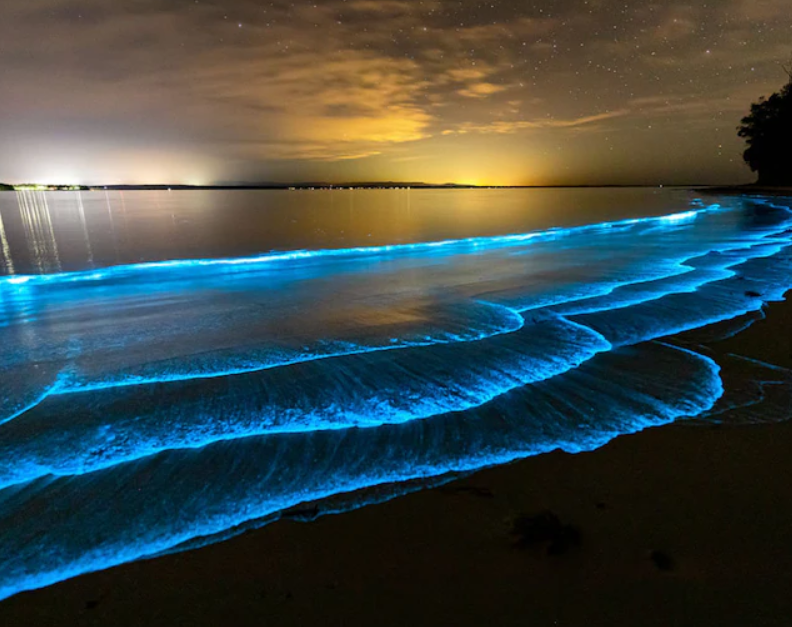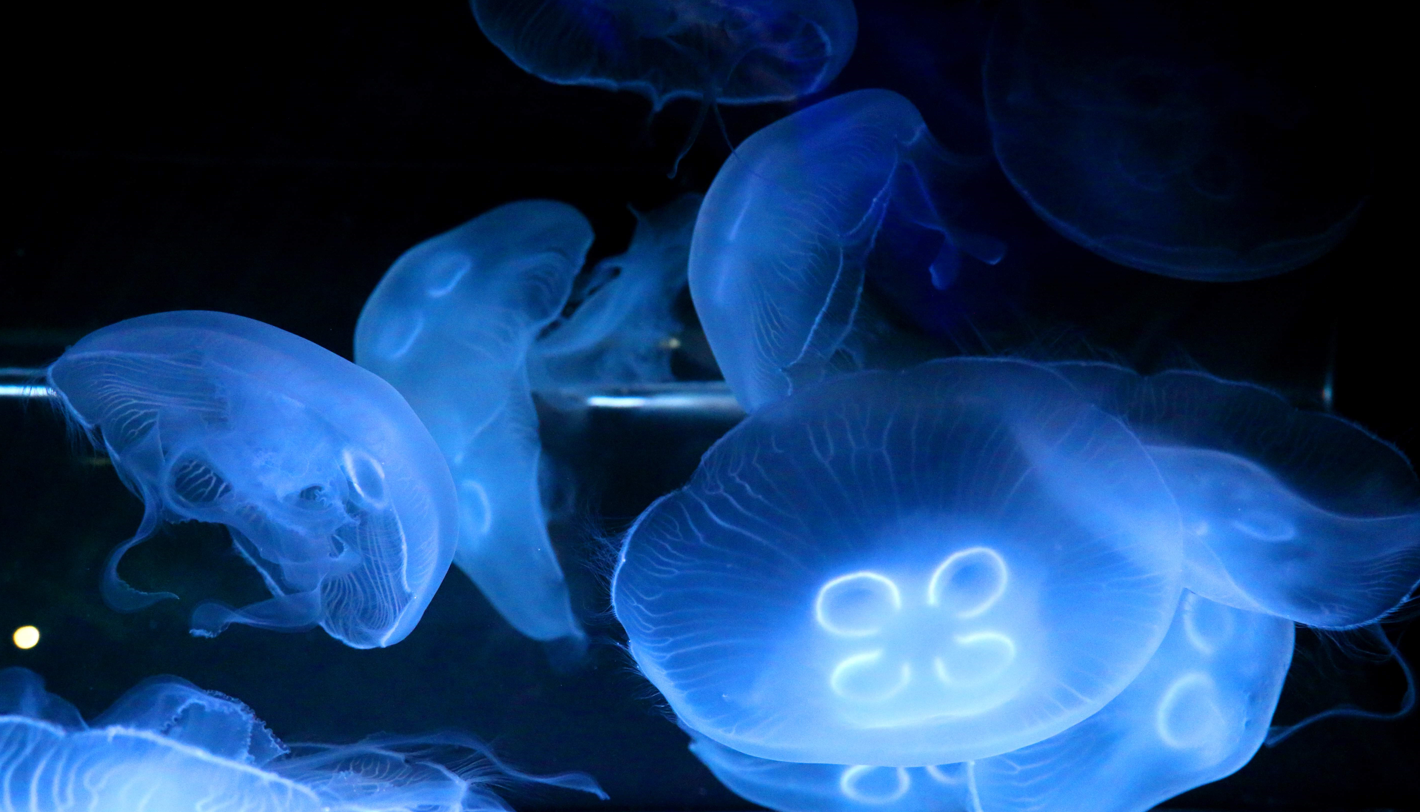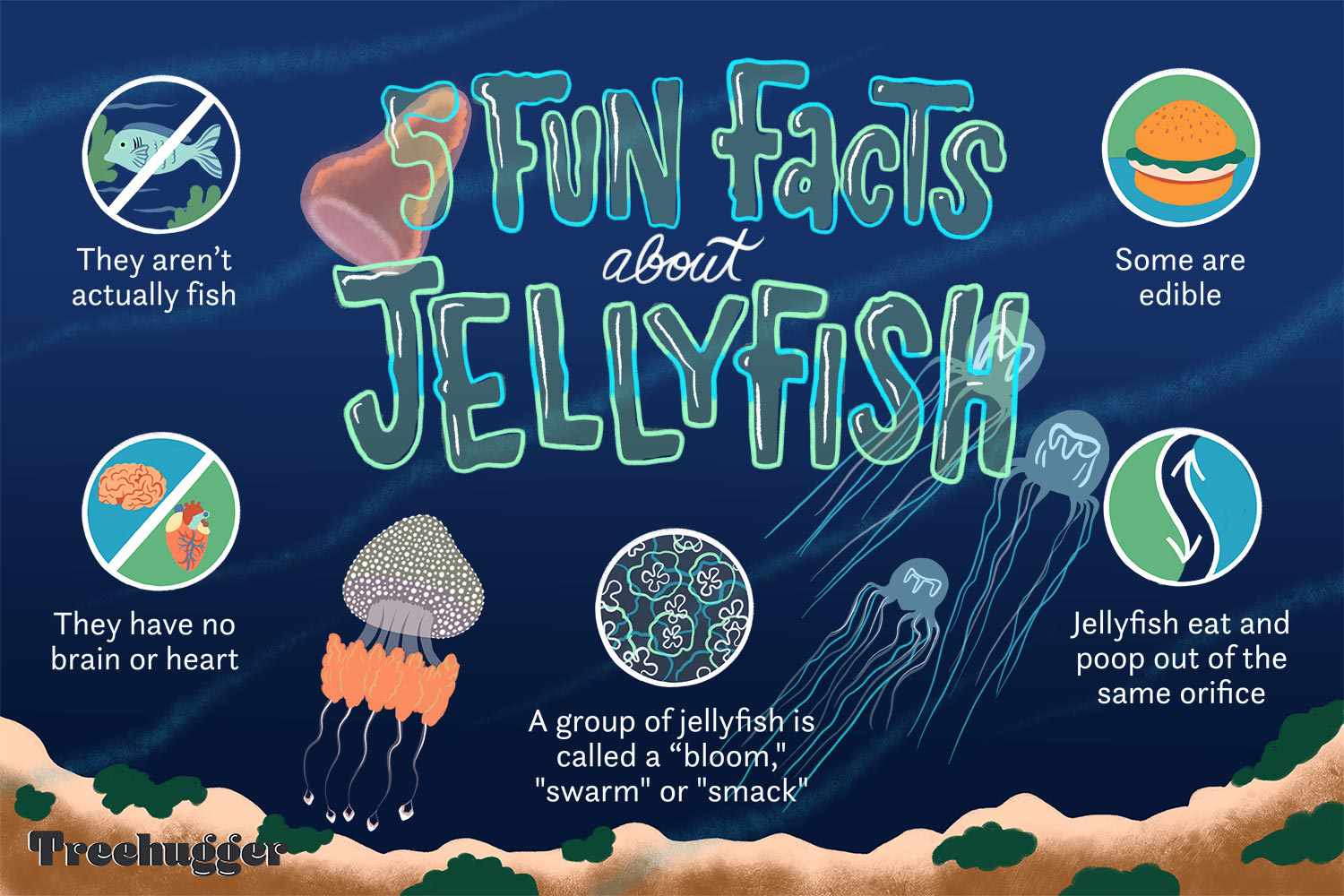Jellyfish are mysterious creatures that have captivated the curiosity of scientists and nature enthusiasts for centuries. These gelatinous creatures, found in oceans all over the world, have some truly remarkable characteristics. In this blog post, we will explore 10 interesting facts about jellyfish that will leave you in awe of their unique adaptations and behaviors.
1. Ancient Existence
Jellyfish have been around for millions of years, even predating dinosaurs. Fossil evidence suggests that jellyfish have been thriving in the Earth's oceans for over 500 million years, making them one of the oldest living creatures on the planet.
2. Gelatinous Bodies
Jellyfish are not actually fish, but rather invertebrates. Their bodies are composed of a translucent gelatinous substance called mesoglea, which gives them their characteristic jelly-like appearance.
3. Diverse Species
There are over 2,000 known species of jellyfish, each with its own unique characteristics. They come in a wide range of shapes, sizes, and colors, from the tiny Irukandji jellyfish, which is roughly the size of a thumbnail, to the massive lion's mane jellyfish, which can have tentacles that stretch over 100 feet long.
4. Bioluminescent Beauties
Many species of jellyfish are bioluminescent, meaning they can produce their own light. This mesmerizing ability is used for various purposes, such as attracting prey or potential mates. When disturbed, some jellyfish can create a stunning display of glowing lights in the water.
5. Efficient Predators
Jellyfish are voracious predators, feeding on small fish, plankton, and even other jellyfish. They use their tentacles, armed with stinging cells called nematocysts, to capture their prey. Once immobilized, the jellyfish uses its tentacles to bring the prey towards its mouth, located in the center of its body.
6. Eternal Life?
Some species of jellyfish have the remarkable ability to revert back to an earlier stage of their life cycle, effectively achieving a form of immortality. When faced with unfavorable conditions, such as food scarcity or environmental stress, these jellyfish can transform their adult bodies back into polyps, the earliest stage of their life cycle.
7. Ocean Drifters
Jellyfish are not strong swimmers and rely on ocean currents to move around. They are often found in large groups, known as blooms or swarms, which can consist of thousands or even millions of individuals. These blooms can have a significant impact on marine ecosystems, affecting the balance of other species in the food chain.
8. Sting with Caution
While not all jellyfish species are dangerous to humans, some can deliver painful stings. The box jellyfish, for example, is one of the most venomous creatures in the world. It is important to exercise caution when swimming in areas where jellyfish are known to inhabit and to seek medical attention if stung.
9. Regeneration Abilities
Jellyfish have an impressive ability to regenerate damaged or lost body parts. If a jellyfish loses a tentacle or even a significant portion of its body, it can regenerate the missing parts and return to its normal function. This remarkable regenerative capacity is still not fully understood by scientists.
10. Environmental Indicators
Jellyfish populations can serve as indicators of the health of marine ecosystems. Their abundance and distribution can be influenced by factors such as water temperature, pollution levels, and overfishing. Monitoring jellyfish populations can provide valuable insights into the state of our oceans and the impact of human activities.
These fascinating facts about jellyfish highlight the incredible diversity and adaptability of these enigmatic creatures. From their ancient origins to their mesmerizing bioluminescence, jellyfish continue to amaze and intrigue us. As we strive to protect and understand our oceans, studying jellyfish can provide valuable insights into the delicate balance of marine ecosystems.


